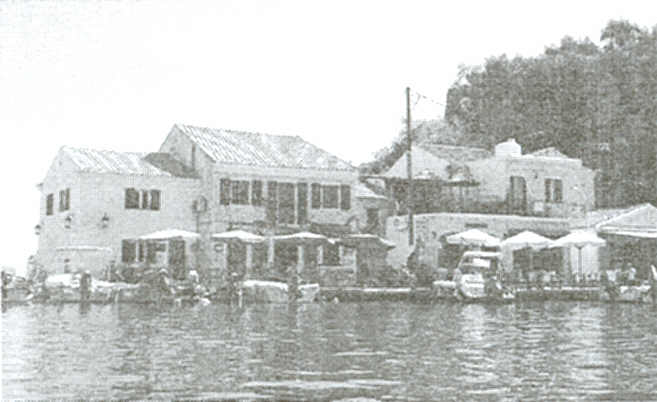 |
|
|
Beauty Saturates Tiny Greek Islands Paxos and Antipaxos, the smallest islands in the Greek Ionian Group, are amongst the least crowded and most beautiful. |
|
Terraced olive groves, crumbling drystone walls, rambling vineyards, sandy beaches, crystal clear water, jasmine and bougainvillea draped villas, waterfront cafes and tavernas. Welcome to the gorgeous Greek islands of Paxos and Antipaxos, spectacular rocky islands in the sparkling blue Ionian Sea. Lying 10km south of Corfu and 12km west of the Greek mainland, the islands have captivating scenery ranging from centuriesold terraced olive groves on gently rolling hills to sheer plunging cliffs and intriguing caves and rock formations on the west coast. The islands cater mainly for independent discerning travellers so thankfully, there are no large hotels or resorts, only small privately operated pensions and villas. |
|
|
Locals who rely on the olive or fishing industries to survive will often open a room or two for guests to supplement their income. The islands are noted for their superb walkways which run through ancient olive groves, between cleverly crafted snaking dry stone walls and along cliff tops with spectacular views of the rocks and sea below. |
 Lovely Longos: Paxos Island has only three tiny coastal villages and Logos, on the East coast, is one of the prettiest with its waterfront tavernas and cafes |
|
Tiny Longos and Lakka consist of bustling cafes and tavernas in jaw, droppingly beautiful settings. Lakkasits at the head of a sheltered sandy bay with turquoise water, the typically Greek buildings surrounded by silvery grey olive trees. It provides a perfect anchorage for the many yachts that'visit. A stroll in the palmy evenings is intoxicating to the senses with the floral fragrances mingling with the aroma of charcoal barbecues and open spits from the tavernas. Fishing boats and yachts tie up stern to the dock along the waterfront a stone's throw away from dozens of atmosphere filled open-air tavernas and cafes. When eating out, it's best to stick to what the Greeks do best - fresh seafood, fish and local Iamb. Gaios is one of those, picture perfect towns where you could lose yourself for quite some time, but neighbouring Antipaxos beckons so we set sail. Home to just 50 permanent residents, and noted for its spectacular beaches and turquoise water, it was even better than the guide books promised. The west coast of both islands is abrupt, featuring sheer cliffs, dramatic rock formations plunging into inky blue water while the east coast has a more gentle contour with sheltered coves and sandy beaches. Both islands have had a chequered history, being ravaged several times by the Turks in the 15th century, who pillaged the island, slaughtering all the residents and setting fire to any buildings they encountered. In the 17th century, the Venetians surrendered the islands to the French and for several hundred years tense times continued with power at one time going to the English before they were eventually returned to Greece. Islanders survive by fishing, producing very drinkable water and growing olives for olive oil, fruit and olive products as well as embracing the small but thriving tourist industry. Not a bad way to live in a place where there is so much beauty it is hard to know which way to look. |
|
|
(Posting date 4 January 2008) HCS encourages readers to view other articles and releases in our permanent, extensive archives at the URL http://www.helleniccomserve.com/contents.html. |
|
|
|
|
2000 © Hellenic Communication Service, L.L.C. All Rights Reserved.
http://www.HellenicComServe.com |
|
